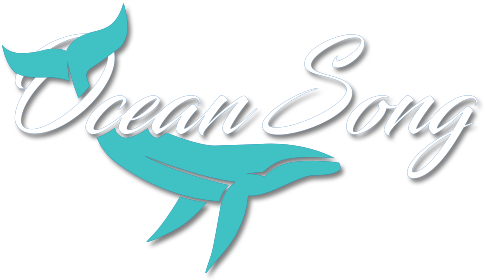Recurring Additions to Updates, Our “Anecdotes”
Linda and I have decided to drop in some anecdotes from time-to-time, not just passage reports and stories about the places we sail. These observations and stories may not fit squarely into our timeline, but we’ll let you know when it happened for general context. So, we will post a couple of these stories every now and then just to let you in on some of the challenges, big and small, we face and how we deal with them. Sometimes successfully, sometimes unsuccessfully. These are some of the things that have happened over the last several months that are unique to cruising and living aboard a sailboat. Like most boaters we have quickly learned that the simplest task can become difficult and take much more time than originally anticipated. Boat projects always seem complicated and overly time consuming. But everyday tasks like grocery shopping (which we call provisioning), finding a restaurant, washing clothes, or changing a light bulb can become virtually all-day jobs. That’s a bit of an exaggeration, but just a bit. There might be a few funny and embarrassing anecdotes as well. We make lots of mistakes out here.
This one is from me (Jim) and it falls into the category of me not following our own “rules”:
Where Did the Fresh Water We Just Made Go?
One of the neatest pieces of equipment on our boat is our reverse osmosis water maker. It takes sea water and filters it into 99.99% pure, potable water. Our water-maker water is much purer than municipal water. The water maker gives us a lot of freedom because we don’t have to go into marinas and buy fresh water. It also allows us to sail on the ocean without full tanks which weigh close to 1,400 lbs. when full of water. On the ocean we want the front of the boat light, by sailing with ¼ full tanks we are a safer ocean boat. When we’re close to our destination we slow the boat down and make water for 2 – 3 hours to fill our tanks.

Water Maker Remote Panel

High Pressure Pump and Filters
On April 26th, as we were coming into Lucaya on Grand Bahama Island we started making water. In about 1 ½ hours our tanks were full. In warm, tropical water the water maker works faster. I (Jim) was so pleased with how quickly we filled our tanks. After making water we do a “fresh-water flush” just to rinse the filters and membranes. A fresh-water flush takes eight minutes and uses 6 – 8 gallons of the water we just made to clean the system. We have a “rule”, set the timer on one of our phones to remind us to turn off the flush. Well, after making the water I decided I didn’t need to bother with a timer because I would remember to shut it down. We got busy preparing Ocean Song to go into the marina and I forgot to shut down the flush. At one point I looked at our water tank (which is clear) and thought “I would swear there was more water in that tank a few minutes ago”. I closed the hatch and decided it was just the motion of the boat sloshing the water around in the tank that made it look less than completely full. I mentioned it to Linda and kept wondering how I misjudged the amount of water that had been in the tank. I didn’t think for a second about forgetting to turn the flush off. More than an hour later when things were quiet at the fuel dock, I heard our house water pump pulsing, which is what it is supposed to do during a fresh-water flush. At that moment I realized my mistake. I had pumped all the water we’d made earlier out, and now we had less water than when we had started making water a few hours ago.

Our Water Tanks. There are two, the blue tank is also for water. They are connected at the bottom and fill up simultaneously.
It’s not a big, big deal except that we hate to put marina water in our tanks. Marina water (from the dockside faucets) has chlorine and chlorine is bad for the high-pressure, reverse-osmosis membranes in the water maker. Chlorine, even a small amount, dries the membranes out and causes cracking which completely negates the ability of the membranes to filter out sodium molecules from H2O. We have activated carbon filters to deal with the chlorine, but why risk it. We don’t like to make water in marinas because the petroleum products, oil, gas, or diesel that might be in the water also damage the membranes. The way we dealt with it was to filter the marina water going into our tanks, then we used the water more liberally than usual to get the water level low. Then, once out of the marina, make water and repeat the process a couple of times to dilute the chlorine as much as possible. It’s probably over-kill, the activated carbon filter should neutralize the chlorine, but again why chance ruining our membranes. So, we’ve learned a few lessons: 1) ALWAYS set a timer, 2) when something looks or seems wrong, something probably is wrong, investigate, 3) remember lesson #1.
One response to “Recurring Additions to Updates, Our “Anecdotes””
Leave a Reply

Those are all great lessons! And yeah, I can imagine marina water isn’t anywhere as good as “fresh” ocean water. Thanks for posting!